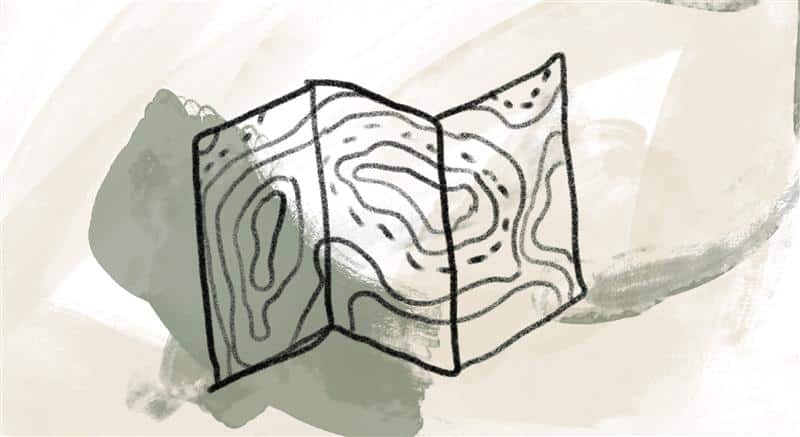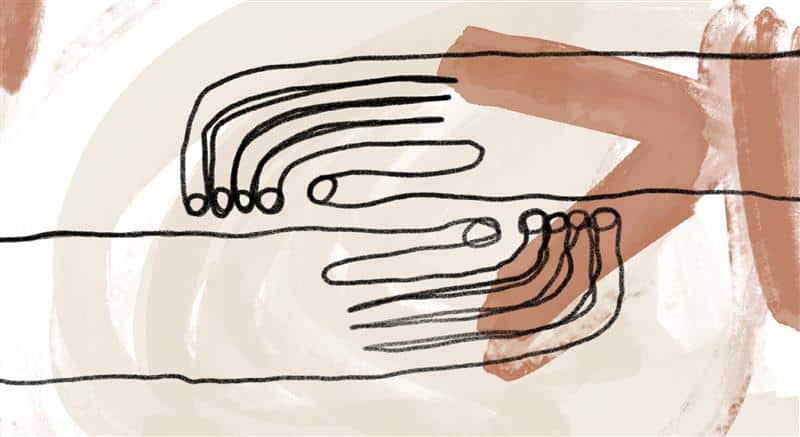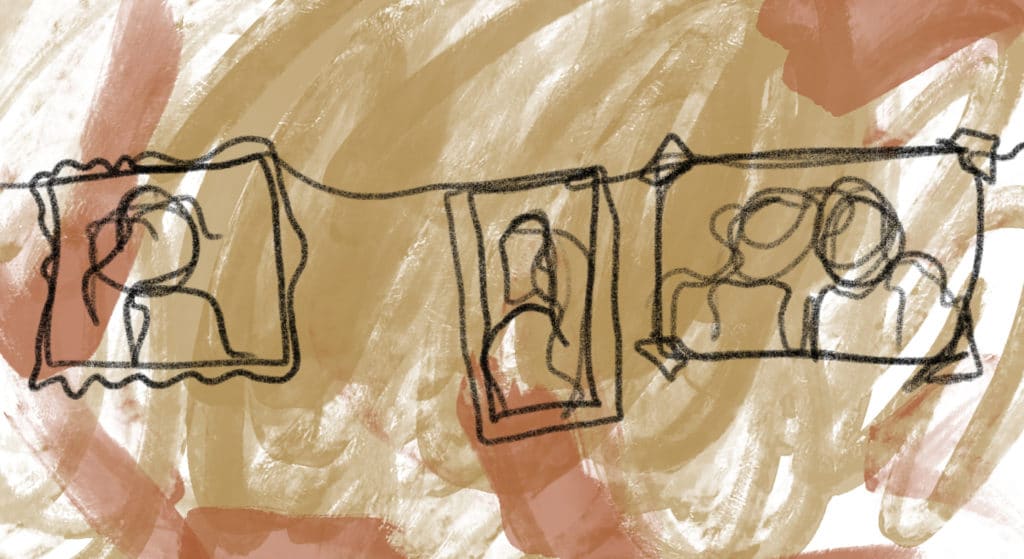
My faith is held together by wonder—by every defiant commitment to presence and paying attention.
—Cole Arthur Riley, This Here Flesh
Writer and liturgist Cole Arthur Riley describes awe as a spiritual practice:
I think awe is an exercise, both a doing and a being. It is a spiritual muscle of our humanity that we can only keep from atrophying if we exercise it habitually. I sit in the clearing behind [my home] listening to the song of the barn swallows mix with the sound of cars speeding by. I watch the milk current through my tea and the little leaves dance free from their pouch. I linger in the mirror and I don’t look away. I trace the shadows hugging my lips and I don’t look away. Awe is not a lens through which to see the world but our sole path to seeing. Any other lens is not a lens but a veil. And I’ve come to believe that our beholding—seeing the veils of this world peeled back again and again, if only for a moment—is no small form of salvation.
When I speak of wonder, I mean the practice of beholding the beautiful. Beholding the majestic—the snow-capped Himalayas, the sun setting on the sea—but also the perfectly mundane—that soap bubble reflecting your kitchen, the oxidized underbelly of that stainless steel pan. More than the grand beauties of our lives, wonder is about having the presence to pay attention to the commonplace. It could be said that to find beauty in the ordinary is a deeper exercise than climbing to the mountaintop….
To encounter the holy in the ordinary is to find God in the liminal—in spaces where we might subconsciously exclude it, including the sensory moments that are often illegibly spiritual. [1]
Arthur Riley describes how wonder increases our capacity to love ourselves, our neighbor, and the stranger:
Wonder includes the capacity to be in awe of humanity, even your own. It allows us to jettison the dangerous belief that things worthy of wonder can only be located on nature hikes and scenic overlooks. This can distract us from the beauty flowing through us daily. For every second that our organs and bones sustain us is a miracle. When those bones heal, when our wounds scab over, this is our call to marvel at our bodies—their regeneration, their stability or frailty. This grows our sense of dignity. To be able to marvel at the face of our neighbor with the same awe we have for the mountaintop, the sunlight refracting—this manner of vision is what will keep us from destroying each other….
Wonder requires a person not to forget themselves but to feel themselves so acutely that their connectedness to every created thing comes into focus. In sacred awe, we are a part of the story. [2]
References:
[1] Cole Arthur Riley, This Here Flesh: Spirituality, Liberation, and the Stories That Make Us (New York: Convergent, 2022), 31–32, 33.
[2] Arthur Riley, This Here Flesh, 36, 37.
Image credit: A path from one week to the next—Madison Frambes, Untitled 4, 1, and 7 (detail), 2023, naturally dyed paper and ink, Mexico, used with permission. Click here to enlarge image.
When we are in awe, there are no deeds to be done or words to be said; a simple, ecstatic surrender.
Story from Our Community:
I have been a Trappist monk for 40 years. I have experimented with many different exercises of prayer and contemplation. A bit late in life, I discovered a much simpler way of entering contemplative stillness. I call it the prayer of “Marvelling.” It’s simply this: let yourself be overcome with awe while observing a simple object or thing. It could be anything—a flower, bird, a running stream, a human smile, or even one’s own hand. The exercise is to simply visually cherish what is before you. I have often encountered God in this way, most often, out in the world—well outside our monastic chapel. God bless the CAC for your inclusive, spiritual approaches to fundamental tenants of our beliefs. —Stephan H.




